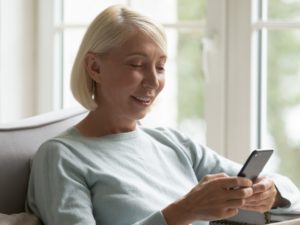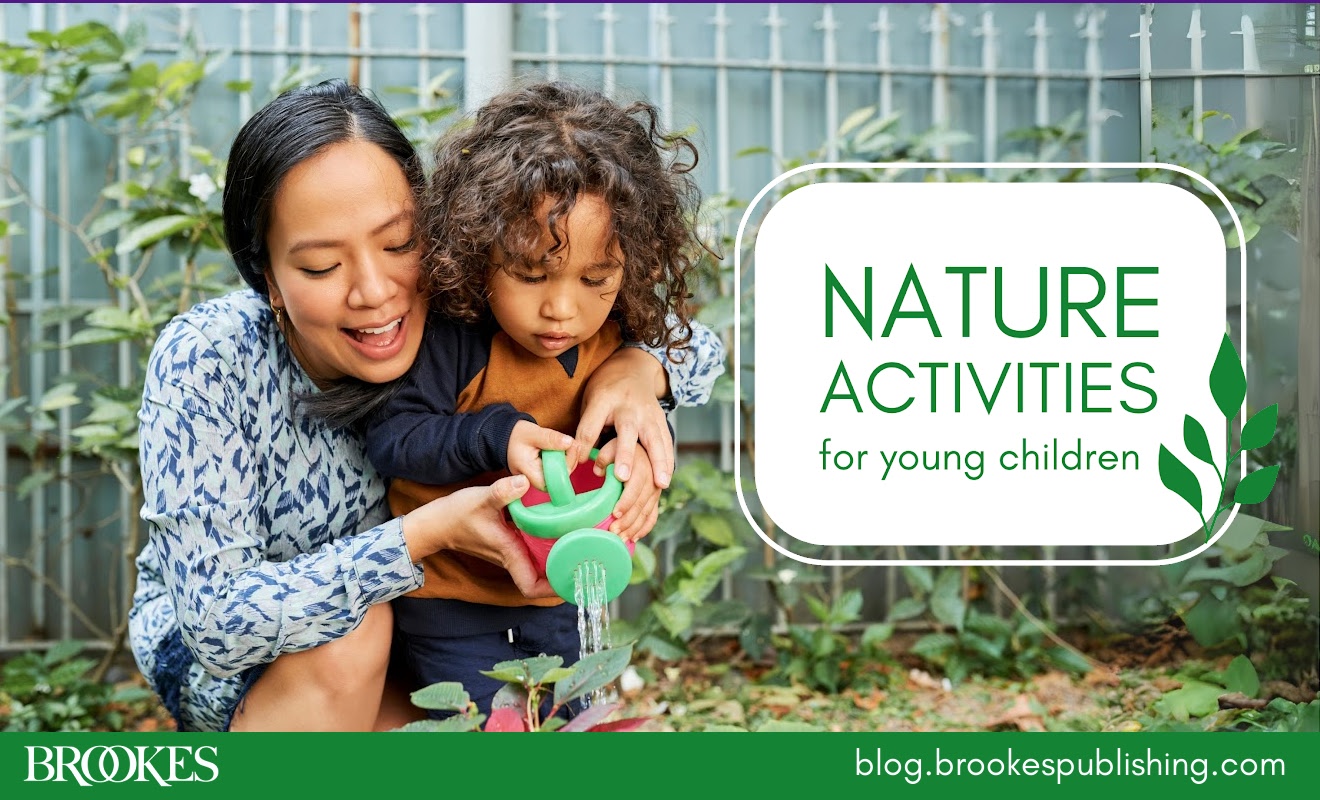Reassuring Connections: 4 Brookes Authors Share Tips for Supporting Stressed-Out Students
March 26, 2020
As the days go by and more and more districts announce extended school closures due to COVID-19, you might notice your own anxiety ramping up—and worry about the social-emotional well-being of your students. How can you stay connected with them and help kids who may be struggling with intense fears and concerns?
Last week, we asked a group of our expert authors to share their best advice for educators and parents who are working with and caring for children in these troubled times. We shared some general coping tips from six experts earlier this week, and today we’re bringing you advice specific to social-emotional support. Read what these four authors have to say about helping students cope during this scary and unpredictable era.
Jen Alexander, author of Building Trauma-Sensitive Schools, has developed some trauma-sensitive social and emotional learning activities that both parents and teachers can use with kids. We’re sharing two of our favorites with you today. To access all 11 of her suggested activities (and download a printer-friendly version!) visit her blog, and be sure to register for her webinar on Trauma-Sensitive Student Support During School Closures.
 Worry Box. COVID-19 and all the fear that goes with it has created worries for us all. Round up some empty boxes and invite kids to each make a worry box. Or, work together to make one that you will all share. It can be decorated in any way. Then, on paper of any size or kind, kids (and adults) can write or draw about worries and put them in the box where they can, well, be worried about. While this won’t erase all worries, sometimes having a place to put them that is outside of ourselves can give us a break from carrying them and focusing on them all the time. Another idea is to pull out one worry at a time later and discuss how to help one another with it. Or, simply notice if it’s still a worry at that time, and if it is, put it back in the box for safekeeping. If it’s not, get rid of it.
Worry Box. COVID-19 and all the fear that goes with it has created worries for us all. Round up some empty boxes and invite kids to each make a worry box. Or, work together to make one that you will all share. It can be decorated in any way. Then, on paper of any size or kind, kids (and adults) can write or draw about worries and put them in the box where they can, well, be worried about. While this won’t erase all worries, sometimes having a place to put them that is outside of ourselves can give us a break from carrying them and focusing on them all the time. Another idea is to pull out one worry at a time later and discuss how to help one another with it. Or, simply notice if it’s still a worry at that time, and if it is, put it back in the box for safekeeping. If it’s not, get rid of it.
What Went Well Today? End one or more days with a discussion about What Went Well Today. Encourage each person to list something specific they did to help that part of the day go well (e.g., I waited my turn to get ready in the bathroom without grumbling or griping and that helped our morning be more fun). If you prefer, ask each participant to write about What Went Well Today by using Ms. Jen’s What Went Well Today Download, which is one of the appendices from my book, Building Trauma-Sensitive Schools. There are many things we already do well to support one another. So…notice ‘em and celebrate together!
Paula Kluth, author of many renowned books on inclusive education (including You’re Going to Love This Kid! and Just Give Him the Whale!) offers her guidance on how to maintain reassuring connections with students. (Want more tips from Paula? Follow her at @PaulaKluth on Twitter or like her page on Facebook to get daily tips on supporting learning during school closures.)
For many of our students, nothing will be more reassuring or helpful than a daily phone call or Skype session with a teacher, counselor, therapist or social worker. This won’t be possible for every teacher and every student, of course, but it might be used in situations where the learner will have a hard time creating work/products independently or expressing themselves in writing. It will also be helpful for those with high anxiety and for individuals who are very dependent on routines and consistency.
 Phone calls can be personalized for each student and they can go beyond a simple “check in.” Consider creating a ritual with your call. For instance, you might start with an exchange about how the student is feeling and then share a joke or even a short story. You can follow that by talking about what the child is learning at home and ask what questions they have about any material that is being shared virtually. You could even read or explain something new to the student that relates to the material. Finally, you might end with a shared meditation or appreciation.
Phone calls can be personalized for each student and they can go beyond a simple “check in.” Consider creating a ritual with your call. For instance, you might start with an exchange about how the student is feeling and then share a joke or even a short story. You can follow that by talking about what the child is learning at home and ask what questions they have about any material that is being shared virtually. You could even read or explain something new to the student that relates to the material. Finally, you might end with a shared meditation or appreciation.
Tim Knoster, author of The Teacher’s Pocket Guide for Positive Behavior Support, and his colleague Danielle Empson, provide this advice on supporting students’ emotional wellness virtually:
These are incredibly challenging times for educators as we navigate addressing our own needs, the needs of family and friends, and the needs of our students through increasingly virtual means as we enter this initial phase of the coronavirus pandemic.
 Just as each of us experience these challenging times in our own personally unique way, each of our students will likewise navigate these recent changes and stressors in their own unique way. It’s important to be mindful that while some students may appear relatively unphased by these sudden changes, other students may be showing signs of distress (e.g., being withdrawn, moody, or displaying other forms of anxious behavior).
Just as each of us experience these challenging times in our own personally unique way, each of our students will likewise navigate these recent changes and stressors in their own unique way. It’s important to be mindful that while some students may appear relatively unphased by these sudden changes, other students may be showing signs of distress (e.g., being withdrawn, moody, or displaying other forms of anxious behavior).
Further, please remember that how students react to their experiences and feelings can change over time. Encourage your students to identify their emotions and to share those feelings with a trusted adult as it can reduce stress and foster connection. If you notice a change in a student’s behavior or if a student begins to share their concerns, be sure to listen nonjudgmentally, validate their feelings, and provide reassurance and accurate information in an age appropriate manner. Consider using messaging apps, video chat, and phone communication to continue to support your students during these uncertain times. Employing these same approaches to support our family members and friends can also help reduce the understandable fear and angst that we are all experiencing. Should you be concerned about the emotional well-being of a student, family member, friend, or yourself, help is available by texting 741-741.
Beverley Johns, author of Your Classroom Guide to Special Education Law, offers these tips on keeping children calm and engaged while schools are closed:
- Engage in active listening. When children are trying to communicate with us, we need to listen to them, seek clarification of what they are saying, and acknowledge their feelings rather than saying such things as “don’t worry” or “it’s no big deal.” Answer their questions as best you can. If you find they are having difficulty voicing their feelings, look for alternative ways for them to do so. Perhaps the child can write in a journal or can draw a picture.
 Have children engage in activities that focus on gratitude and service to others. Consider having them keep a gratitude journal where they write down five things that happened during the day for which they are grateful.
Have children engage in activities that focus on gratitude and service to others. Consider having them keep a gratitude journal where they write down five things that happened during the day for which they are grateful.- Remember that we as the adults are role models for our children. They are watching how we are handling the stress of this time and if we convey a message of fear and anxiety, children will also. We need to model activity and replace some of our time using social media with active and engaged activities such as playing a game with the child or taking a walk with them.
Thanks to our authors for being here today and sharing their words of wisdom. For more tips and guidance from our experts, tune in to our upcoming series of short, information-packed “coffee chats,” ideal for teachers who are looking for some at-home professional development opportunities during the day. (They’re free, too!) We’ll make an announcement on the blog as soon as the schedule is available so you can mark your calendar.
Have another question for our experts? Is there a topic you want to learn more about while you’re at home? Please leave a comment and let us know!




Write a Comment
Your email address will not be published. Required fields are marked *
Post a Comment